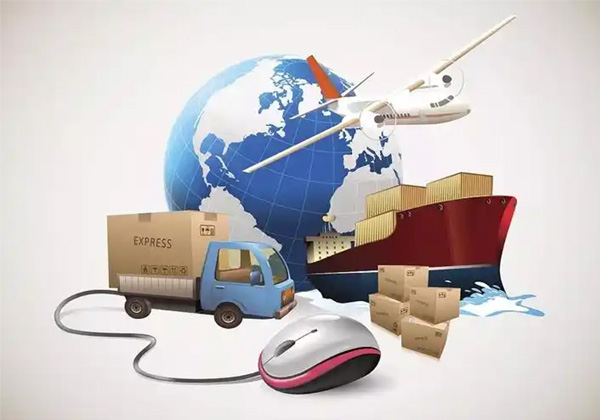geo数据分析全攻略最新
geo数据分析全攻略最新

In the realm of global e-commerce, geolocation data analysis has emerged as a powerful tool for businesses looking to understand and capitalize on local market dynamics. This article delves into the intricacies of geodata analysis, offering an innovative approach that closely aligns with real-world scenarios.
The Importance of Geodata Analysis
Geodata analysis is the process of extracting valuable insights from geographic data, such as location, time, and other attributes. In the context of e-commerce, this means understanding where customers are located, what time they prefer to shop, and how their preferences change over time. By leveraging this information, businesses can tailor their marketing strategies, optimize inventory management, and improve customer experience.
Geolocation Data Sources
There are several sources of geolocation data, including:
IP Address: IP addresses provide a unique identifier for each device connected to the internet. By analyzing IP addresses, businesses can identify the location of visitors to their website or app.
GPS Location: GPS technology allows devices to determine their precise location on the Earth"s surface. This data can be used to create heat maps showing where customers are most active.
Social Media Activity: Social media platforms like Facebook, Instagram, and Twitter often track user locations using APIs. By analyzing these data points, businesses can gain insights into where their audience is coming from.
Web Analytics: Websites can use analytics tools like Google Analytics to track user behavior, including their location. This data can be used to optimize website content and layout for different regions.
Mobile Network Providers: Many mobile networks provide detailed location data, including the user"s city, state, and country. This data can be useful for targeting specific markets.
Advanced Geospatial Techniques
To truly unlock the power of geodata analysis, businesses need to employ advanced techniques like:
Geofencing: Geofencing is the practice of setting boundaries around locations based on specific criteria (e.g., radius, proximity). This can help businesses segment their audience based on their location and trigger targeted promotions or offers.
Heat Maps: Heat maps show the density of users at different locations, providing a visual representation of where customers are most active. This can help businesses optimize their marketing efforts and identify potential new markets.
Augmented Reality (AR): AR technology can be used to create interactive experiences that showcase products in real-world settings. By combining AR with geodata analysis, businesses can create personalized shopping experiences that resonate with customers from different regions.
Machine Learning: Machine learning algorithms can analyze large volumes of geodata to identify patterns and trends. This can help businesses make informed decisions about where to invest their resources and when to launch new products or services.
Case Studies
Amazon"s Global Distribution Centers
Amazon"s success in global e-commerce cannot be attributed solely to its online marketplace. Instead, it owes much to its sophisticated geodata analysis capabilities. By analyzing customer behavior, Amazon can identify which regions have the highest demand for certain products and then strategically place its distribution centers there. This not only reduces shipping costs but also ensures faster delivery times for customers.
Netflix"s Content Recommendations
Netflix is another company that leverages geodata analysis to enhance its customer experience. By analyzing user viewing habits, Netflix can recommend movies and TV shows based on a user"s location and preferences. This personalized approach helps Netflix maintain a loyal customer base and drive revenue growth.
Future Trends
As technology continues to advance, we can expect even more sophisticated geodata analysis tools to emerge. For example, blockchain-based solutions could enable secure and transparent tracking of consumer movements across multiple platforms. Additionally, artificial intelligence (AI)-powered geospatial analysis could become increasingly prevalent, allowing businesses to make predictions about future market trends and optimize their strategies accordingly.
Conclusion
Geodata analysis is a powerful tool for businesses looking to navigate the complexities of global e-commerce. By leveraging various sources of geolocation data and advanced techniques, businesses can gain insights into where their customers are coming from, what they want, and when they need it. As the landscape continues to evolve, staying ahead of the curve will require constant innovation and adaptation.
本网站文章未经允许禁止转载,合作/权益/投稿 请联系平台管理员 Email:epebiz@outlook.com













